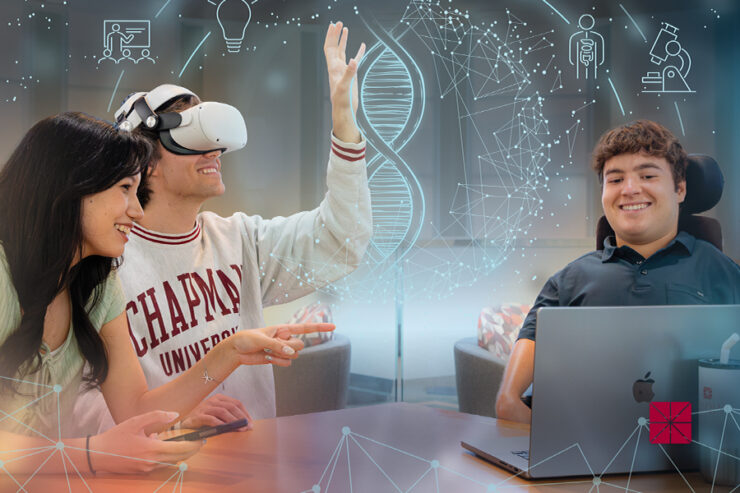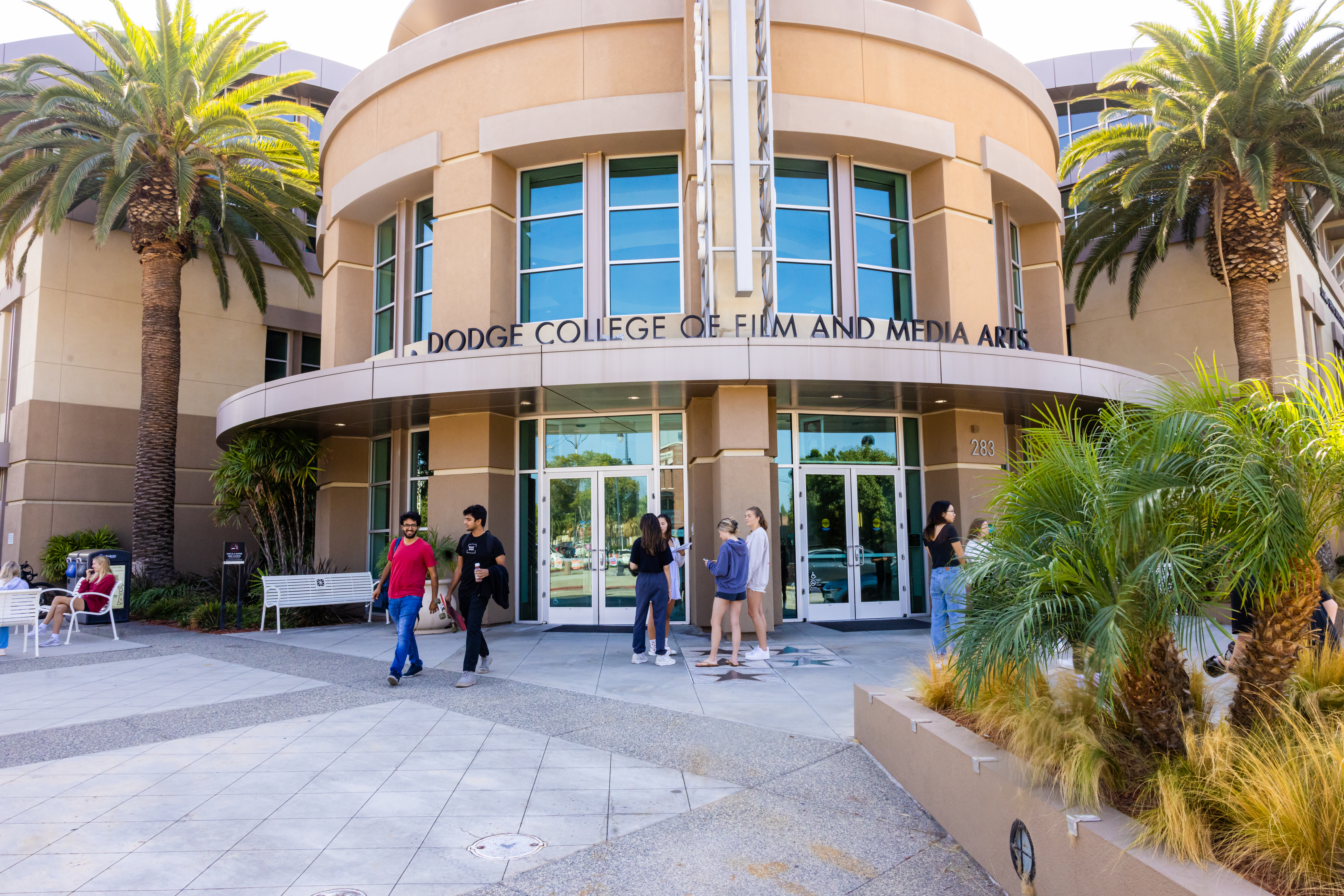University libraries traditionally have been campus gathering places, the heart of both scholarship and camaraderie.
But with the rise of virtual reality and other advanced technology, what does the university library of the future look like?
Chapman University’s Leatherby Libraries is answering that question.
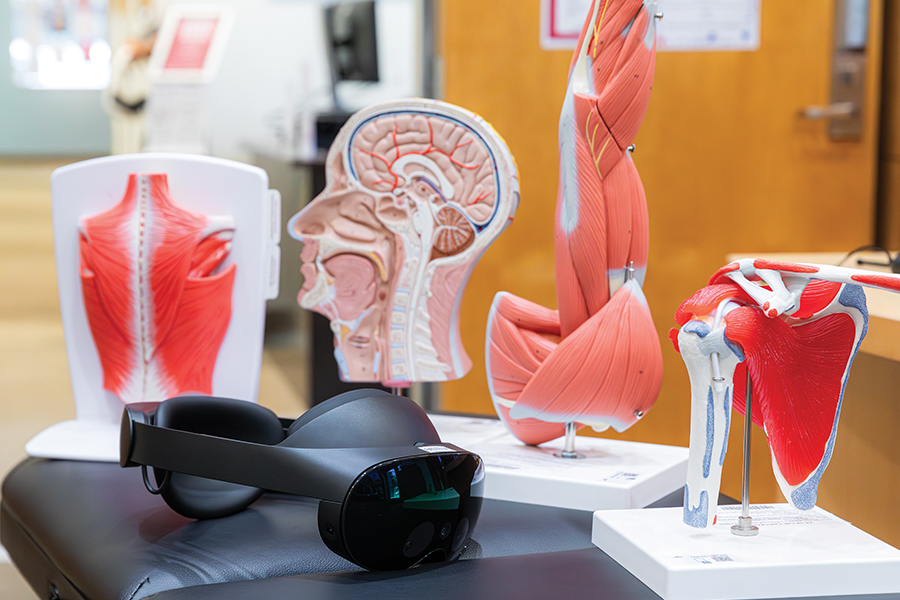
The library system supports students, faculty and staff across two campuses. It is unique among academic libraries because it houses nine libraries in one building at the Orange campus and provides services at two locations at the Rinker campus. This configuration allows staff to be nimble and collaborate with Chapman’s colleges, schools and departments, Dean Kevin Ross says.
Over the next year, Leatherby Libraries is aiming to become a library of the future through new technology, research and data services support, focusing on events, displays and exhibits, increased marketing and social media outreach, more staff and services and diversity, equity and inclusion initiatives.
Essraa Nawar, assistant dean for library DEI initiatives and development, says the library system is taking a holistic approach to evolving with the university’s changing needs.
“Our innovative programs, curated exhibitions and comprehensive services are designed to support diverse perspectives and foster an inclusive environment,” she says.
However library services evolve, Leatherby Libraries will still be a place for students, faculty and staff to collaborate, research and learn. It just may look different, Ross says.
“One thing that has not changed is the use of the library as a social space, a study space and a location to conduct research,” he says. “It is still a gathering place for students especially, but the uses of the library have changed over the years, and this is in part due to the increase in technology and accessibility through online resources to connect our students and faculty to the scholarly and creative resources they need.”
These improvements include the university’s single sign-on capability, wireless accessibility, publicly available docking stations and Apple computers, being able to check out technology-related items like power stations and charging cables from the circulation desk, tech updates to study rooms and uploading scholarly materials through platforms like Digital Commons.
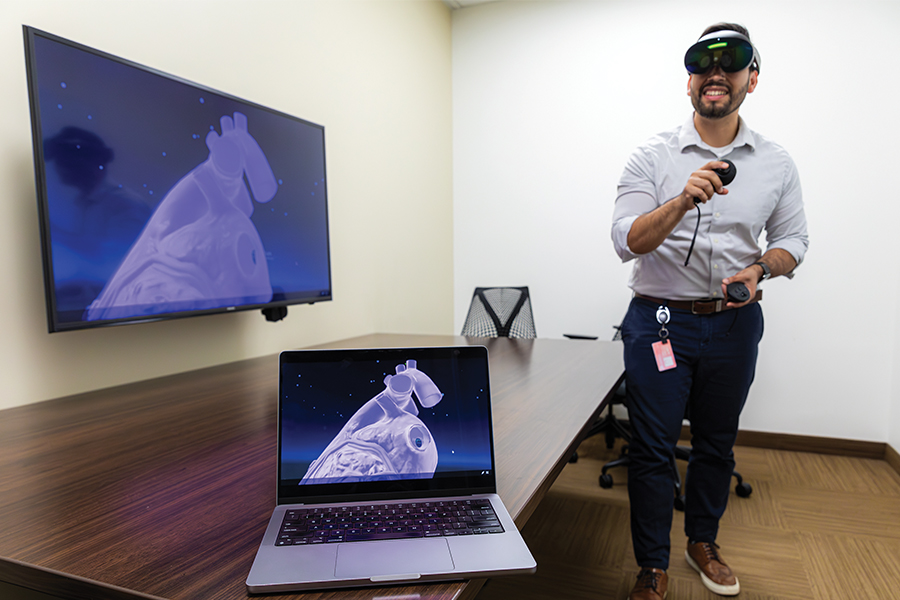 “We are committed to infusing technology throughout the library where it is relevant,” Ross says.
“We are committed to infusing technology throughout the library where it is relevant,” Ross says.
Technology is prominent at Chapman’s Rinker Health Science Campus, where students can check out virtual reality headsets, anatomical models and treatment tables. Additionally, the library has increased both staff and the resources at Rinker as the campus has expanded. The library study rooms at Rinker have Apple TVs and docking stations, and the VR software can stream on the TVs to show areas of the human body. The VR headsets, which the library introduced in January, are already being used by physical therapy students for a research project.
“We’re not a traditional library because most of our resources are online,” Rinker Library Services Director Ivan Portillo says, pointing out that students primarily use ebooks and online journals.
The library system is supporting data and research by offering artificial intelligence workshops, Support of Open Access Research & Scholarship (SOARS) and the research repository Figshare. The library is also participating in special two-year data services and AI projects through higher education information company Ithaka.
“By focusing on community relations and leveraging advanced technologies like AI, we continually reinvent ourselves and remain agile in addressing the dynamic demands of our students and faculty,” Nawar says.
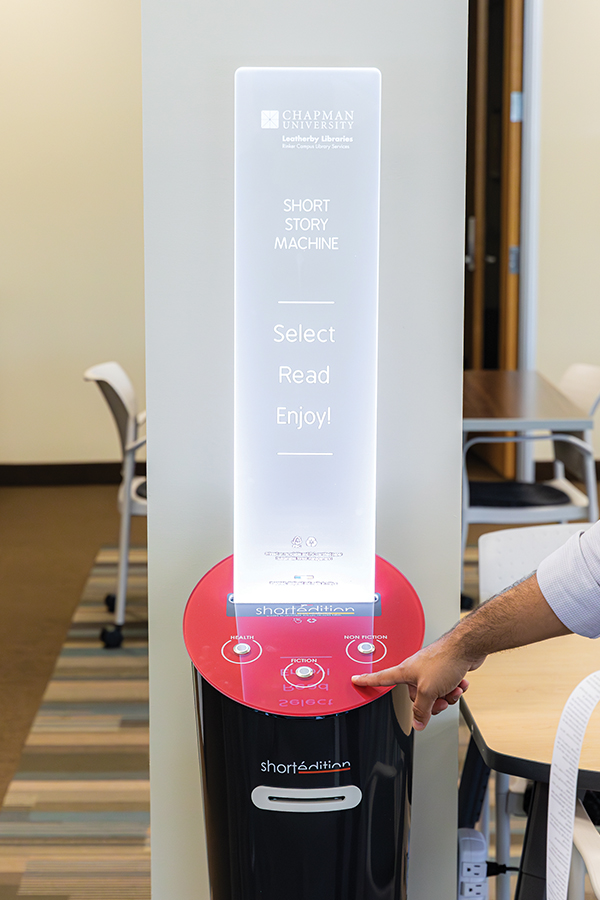
While research support, data services and technology are central to the library’s evolution, it continues to be a force in the university’s cultural life. Both campuses have offered close to 70 DEI-related activities through the library in the last couple of years, including the Black Book Nook that features the work of Black authors and the Windows to Italy series, during which scholars highlight the country’s intellectual contributions to the world. Leatherby Libraries continues to house special collections and archives like the Center for American War Letters, which includes correspondence from American conflicts going back to the Revolutionary War.
The library recently purchased a short story dispenser, a kiosk that produces a short story, poem or comic at the push of a button, for both campuses, connecting readers and storytelling across cultures.
“We’re not just good library citizens, we’re good university citizens,” Ross says. “And we demonstrate that through our strong and unique collaborations and partnerships.”
As Leatherby Libraries heads into the future, its leadership is staying focused on its mission by aligning resources and services with what will most support students, faculty and researchers.
“Our librarians are prepared to transcend traditional roles, becoming key players in promoting cultural understanding and intellectual growth,” Nawar says.
